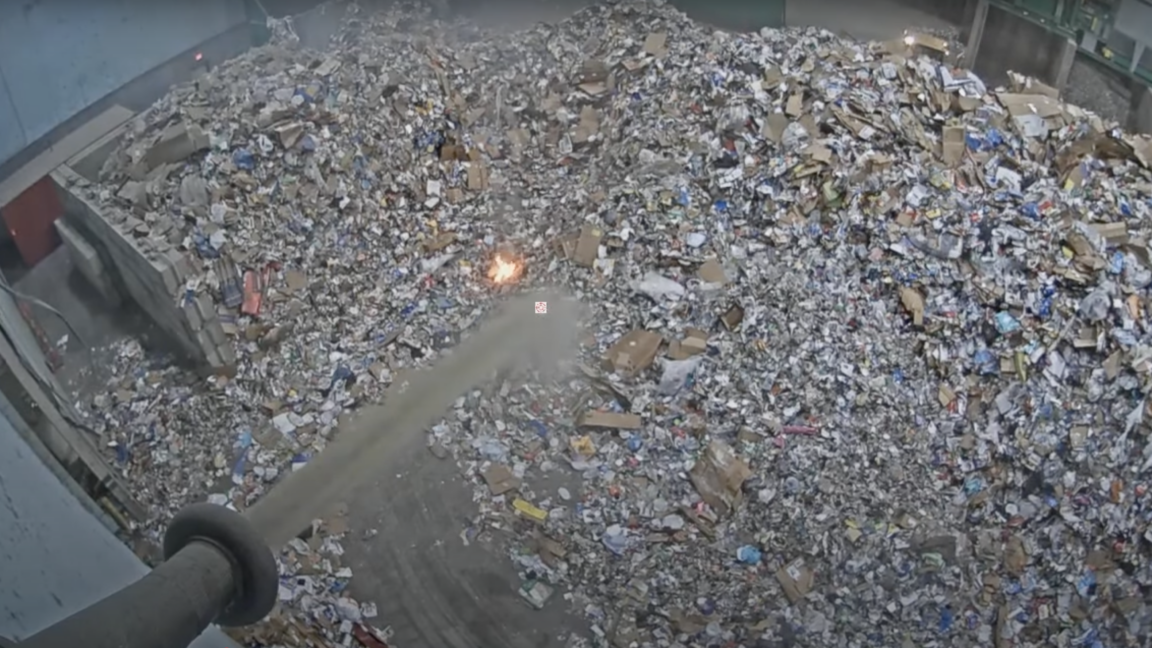
2024 was “a year of growth,” according to fire-suppression company Fire Rover, but that’s not an entirely good thing.
The company, which offers fire detection and suppression systems based on thermal and optical imaging, smoke analytics, and human verification, releases annual reports on waste and recycling facility fires in the US and Canada to select industry and media. In 2024, Fire Rover, based on its fire identifications, saw 2,910 incidents, a 60 percent increase from the 1,809 in 2023, and more than double the 1,409 fires confirmed in 2022.
Publicly reported fire incidents at waste and recycling facilities also hit 398, a new high since Fire Rover began compiling its report eight years ago, when that number was closer to 275.
Lots of things could cause fires in the waste stream, long before lithium-ion batteries became common: “Fireworks, pool chemicals, hot (barbecue) briquettes,” writes Ryan Fogelman, CEO of Fire Rover, in an email to Ars. But lithium-ion batteries pose a growing problem, as the number of devices with batteries increases, consumer education and disposal choices remain limited, and batteries remain a very easy-to-miss, troublesome occupant of the waste stream.
All batteries that make it into waste streams are potentially hazardous, as they have so many ways of being set off: puncturing, vibration, overheating, short-circuiting, crushing, internal cell failure, overcharging, or inherent manufacturing flaws, among others. Fire Rover’s report notes that the media often portrays batteries as “spontaneously” catching fire. In reality, the very nature of waste handling makes it almost impossible to ensure that no battery will face hazards in handling, the report notes. Tiny batteries can be packed into the most disposable of items—even paper marketing materials handed out at conferences.
Fogelman estimates, based on his experience and some assumptions, that about half of the fires he’s tracking originate with batteries. Roughly $2.5 billion of loss to facilities and infrastructure came from fires last year, divided between traditional hazards and batteries, he writes.





